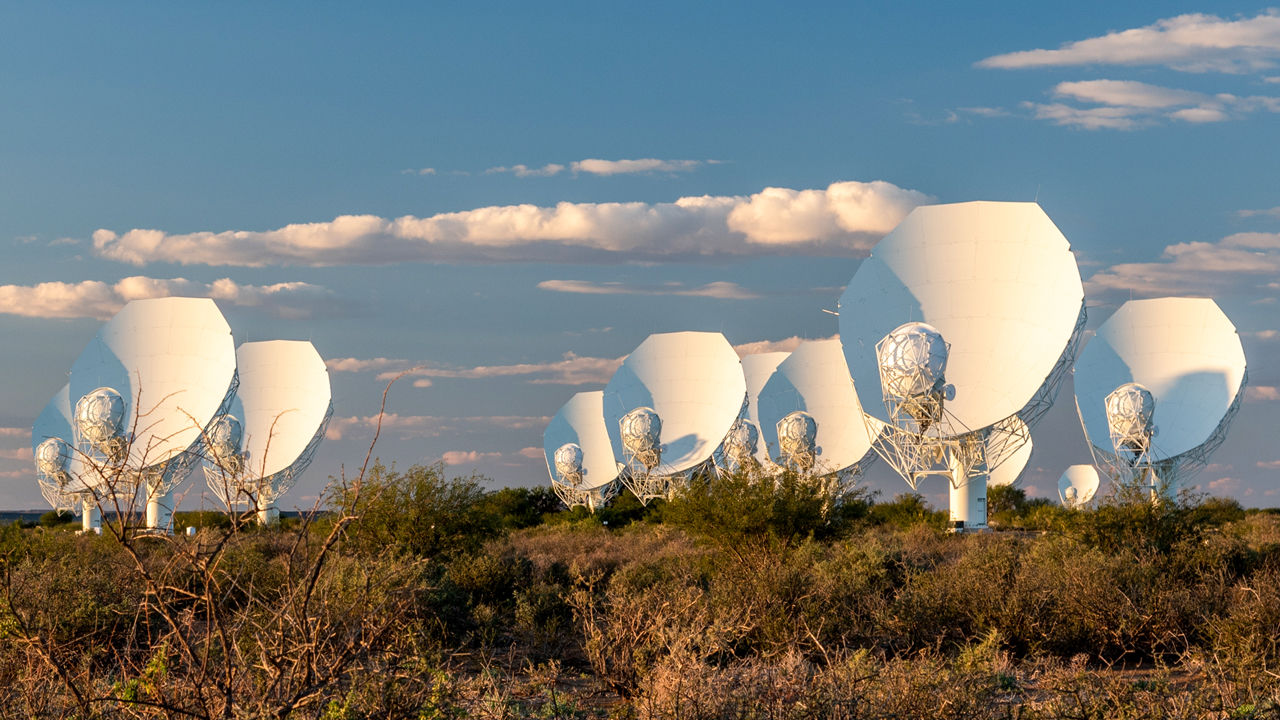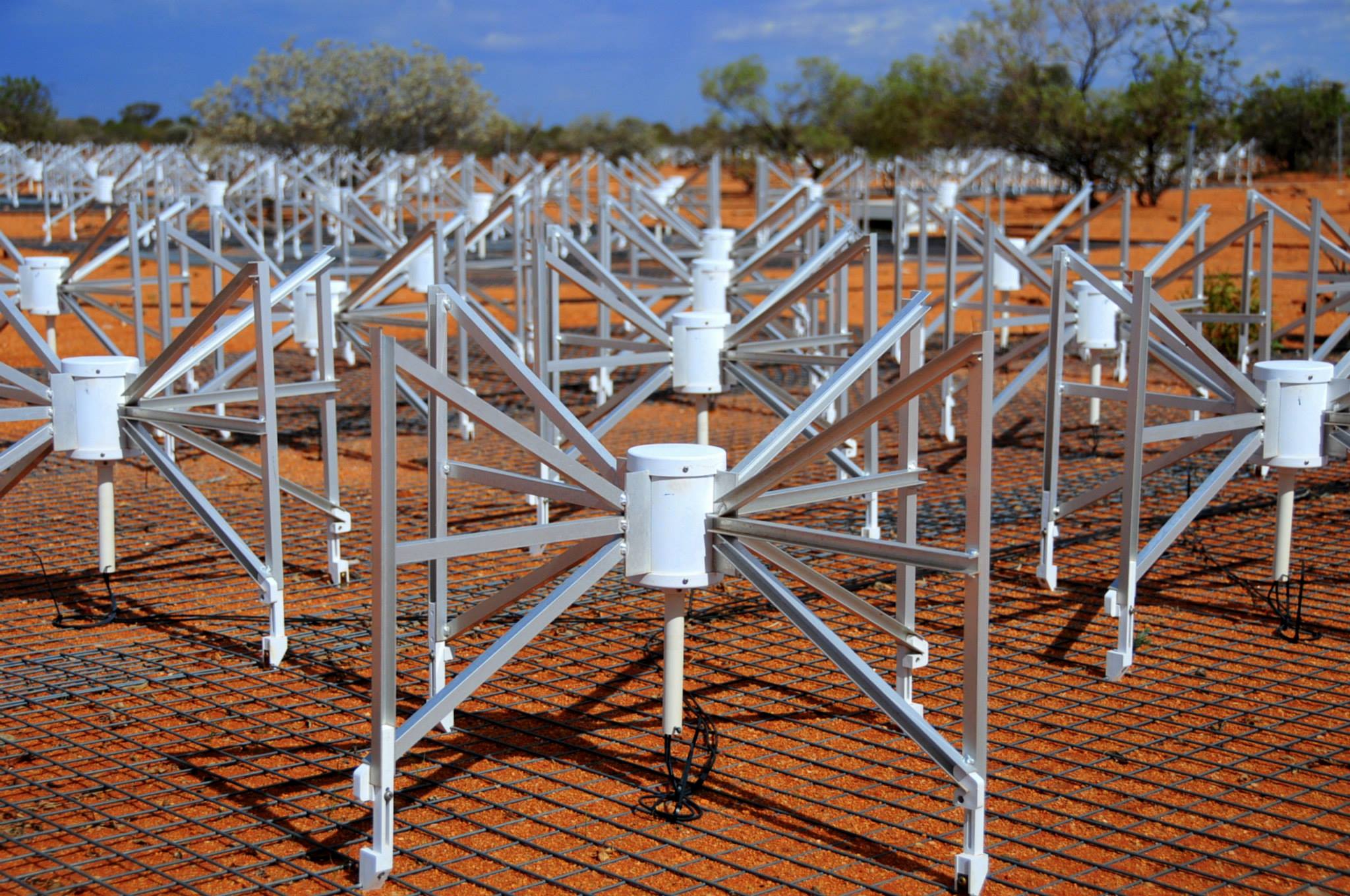SETI on the Square Kilometre Array
The Square Kilometre Array is a huge international effort to create a gigantic telescope from two arrays of many individual antennas located in South Africa and Australia. The enormous collecting area of the SKA will give it unprecedented sensitivity, enabling it to search for faint signals from far away sources, including ET.
Last year we visited the Square Kilometre Array headquarters at the Jodrell Bank Observatory outside Manchester, UK. We spoke with SKA Director-General Phil Diamond, Engineering Project Manager André van Es, and Project Scientist Evan Keane.
For SETI science, the SKA will be able to detect civilizations on other planets orbiting other stars, even if they are no more technologically advanced than our own civilization, and are not deliberately messaging us using concentrated beams pointed in the direction of Earth. Rather, SKA will be able to detect "leakage radiation" - the ordinary radio chatter of a civilization akin to that on early 20th century Earth - from thousands of nearby stars.
Aside from the huge collecting area and exquisitely sensitive instrumentation, both the South African and Australian sites are extremely remote, which means that the telescopes are not swamped by signals from earthbound technologies such as cellphones, wifi, radio stations, and the like. This will have benefits for many areas of radio astronomy, but will be particularly valuable for SETI, where distinguishing between candidate signals, and human-generated radio frequency interference (RFI) is one of our thorniest challenges.
 MeerKAT, the South African SKA precursor telescope (Credit: SARAO)
MeerKAT, the South African SKA precursor telescope (Credit: SARAO)
Before the SKA comes online, precursor telescopes, operating at the SKA sites, are providing valuable input for the engineering and science decisions to be taken in the design of the full SKA. However, these instruments are also extremely powerful telescopes in their own right, offering new capabilities for a range of science areas including SETI.
 A few of the 4096 antennas that make up the Murchison Widefield Array, the Australian low frequency SKA precursor (Credit: S. Croft)
A few of the 4096 antennas that make up the Murchison Widefield Array, the Australian low frequency SKA precursor (Credit: S. Croft)
As Prof. Diamond notes in our video, "SKA is the best bet for finding evidence of life elsewhere in the Universe."
Watch the video here.
